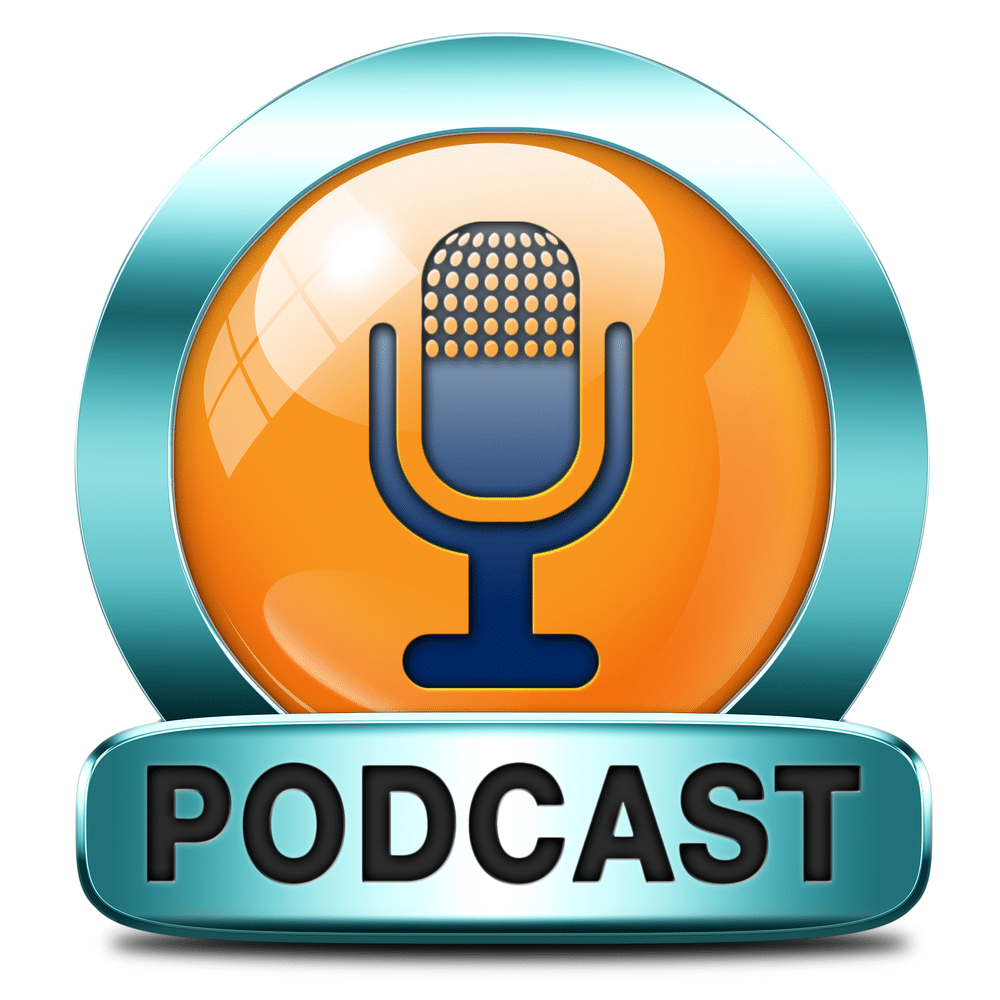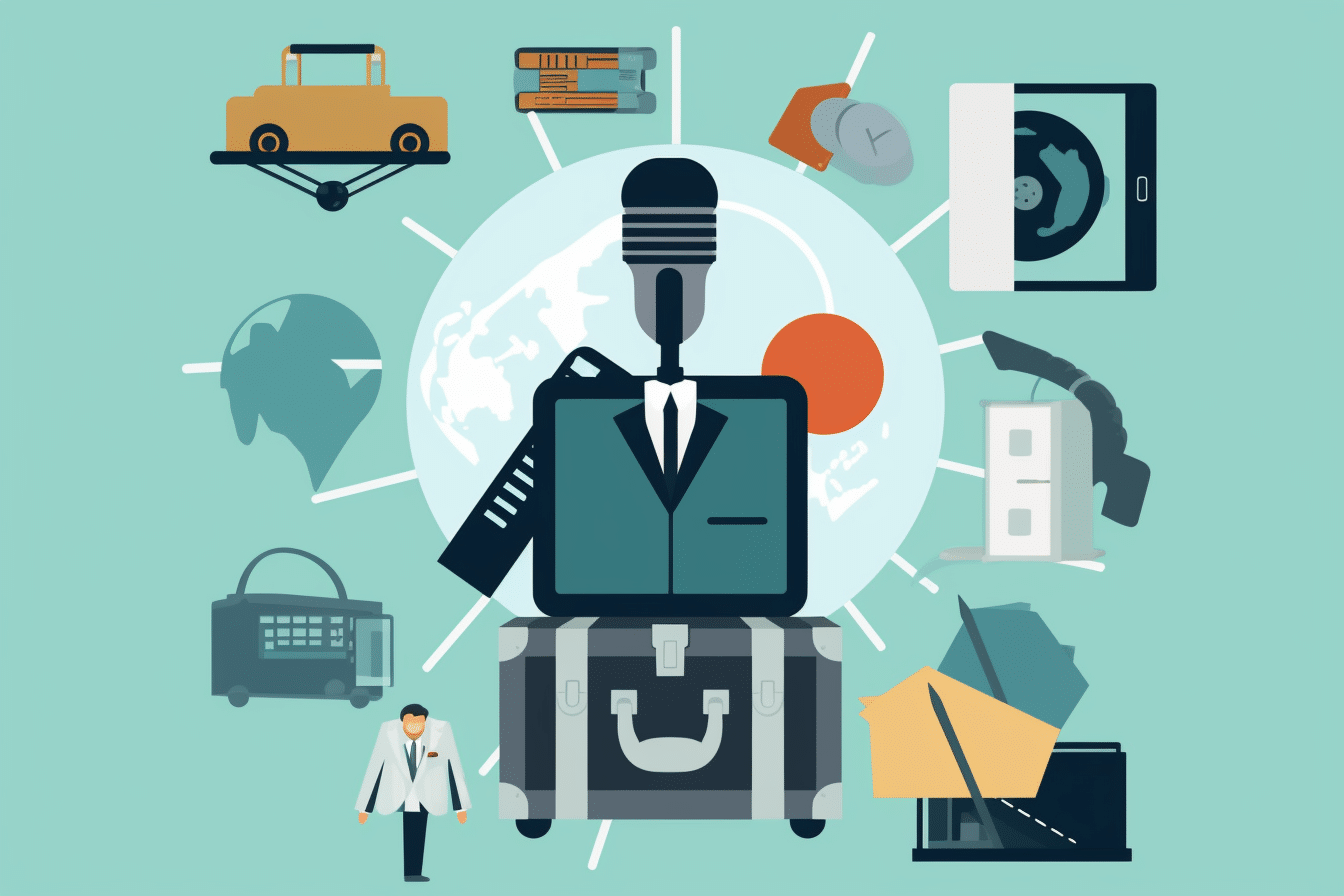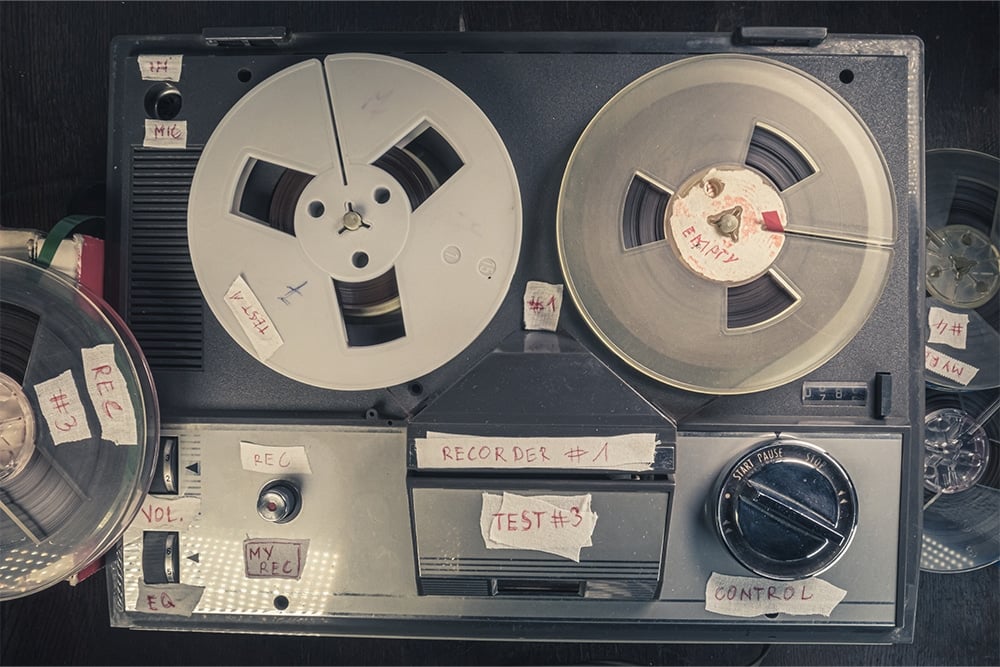Listeners:
Top listeners:
-
THERMAL Radio Our Tracks Are Hot
-
Life Improvement Radio Enhancing Lives Daily
-
Untethered Radio (18+) Mature Content For Immature Audiences
-
Pharmacy Radio Network Exploring The Pharmacy Industry
-
CareONE Radio Tomorrow's Healthcare Information Today
-
6Pack Sports Radio Sports. Beer. Dadbods.
-
Entrepreneur Radio Business News Daily
-
Charitable Works Telling Stories That Make A Difference
-
Live News Updates Top News Headlines Daily

A podcast is a great way to humor, educate, and entertain an audience. Around 55% of all U.S. consumers listen to these digital shows, a figure that only continues to grow year after year. If you’re looking to start a podcast but need a nudge in the right direction, we have plenty of information to share right here.
13 Things You’ll Need to Start a Podcast in 2021
1. Your Reason
Before you purchase any equipment, understand why you want to launch a podcast. Are you a business owner? Freelancer? Independent publisher? If you’re linking the potential of a podcast to your profession, congrats. This is a great way to deliver valuable content to your listeners and build credibility in your field.
Alternatively, if you want to podcast as a hobby, your schedule and content might be slightly different. What we’re saying is that you’ll probably develop the show as you have time, and the subject matter will likely be something you’re passionate about, such as gourmet food or jazz. In either case, you need to identify your reason. This will keep you motivated when your schedule is tight and in the early days of establishing your audience.
2. Your Target Audience
Speaking of your audience, do you know who they are? As in, the people you want to target with your message. Without this critical information, your podcast will lack direction.
Let’s say you’re a graphic designer interested in attracting new clients. Your target audience might therefore include small business owners, authors, and marketing managers. If you’re a sports enthusiast who wants to highlight players and weekly games, your audience is simply people with the same interests. They might be sports enthusiasts, local coaches, or athletes themselves.
Starting from Scratch
Many people want to start a podcast but don’t because they’re starting from scratch. That is to say, they have no audience already established with a business, blog, or social media following. Don’t let this deter you. Most listeners do not care if they’ve never before heard your name. What they do care about is the content you deliver.
3. Great Shows Planned
4. A Name
Also be careful with clever names, as it can be hard to know what these shows are about. If you want a title like Fat Pockets and Happy Lives, you might also consider a tagline to go with it. For instance, if your podcast is about personal finance, add a phrase like, “Everyday ways to save money.” The easiest of all names is probably the descriptive one, such as The Rock Climbing Podcast.
5. Episode Length
6. New Release Schedule
7. Recording Equipment
8. Recording Software
9. Your Words
It’s time to hit record on your software, but you’re not sure what to say. You might be tempted to read from a script, but we don’t recommend this. You’ll likely sound like you’re reading, which you are, and that doesn’t make for a very lively show. Instead, have bullet points in front of you highlighting what you want to discuss. Then proceed with your show as if you’re talking to a friend. Keep it light and conversational – listeners like this level of intimacy.
10. Cover Art
11. Media Hosting Service
A media host is a service provider that stores your podcast files so others can listen, download, and subscribe. Many people believe that once you have a podcast episode completed, you can simply upload it to iTunes, but this isn’t quite true. You need a media host, and monthly subscriptions to these providers are fairly reasonable. Buzzsprout, for instance, starts at just $12 per month.
12. Directories
Now that you’ve chosen your media hosting service, you can submit your podcast episodes to different directories. These are the places – like iTunes – where listeners can discover and download your episodes. Most media hosting services make it easy to distribute to directories.
13. Long-Term Plans
The technical tasks are complete, and you can at last focus on growing your audience and possibly even monetizing your podcast. A few ideas for reaching more listeners include launching a website for your podcast and incorporating SEO, cross-promoting with other podcasters in your space, and asking people you interview to promote your podcast on their websites.
Written by: #HeliumRadio
13 Things You'll Need to Start a Podcast in 2021 helium radio hrn podcast start a podcast
Categories
-
Recent Posts
Top popular
Stainless Steel Juicer – Making Juicing Fun And Easy
3 Effective Tips to Remember What You Learn From Podcasts
How to Create an Effective and Memorable Podcast Intro
How to Effectively Build Your Brand Through Podcasting
From Hot Takes to Hilarious Rants: The Dynamic and Engaging Random Acts of Commentary Podcast
Marketing Partners
Copyright Helium Radio Network


















